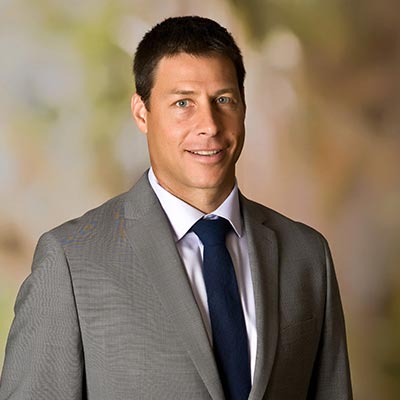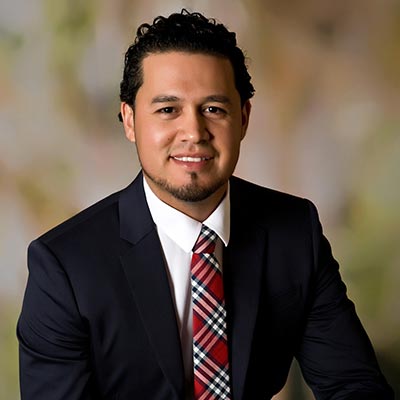 Over the past three to four decades, thousands of stormwater ponds have been designed, permitted and constructed throughout Southwest Florida. Over time, regulations have changed and these ponds have been constructed with varying slopes for a variety of purposes, the most common slope being a four horizontal to one vertical (4:1). In some locations, time, weather and some maintenance practices have not been friendly to the slopes, as they now exhibit erosion in one or more forms.
Over the past three to four decades, thousands of stormwater ponds have been designed, permitted and constructed throughout Southwest Florida. Over time, regulations have changed and these ponds have been constructed with varying slopes for a variety of purposes, the most common slope being a four horizontal to one vertical (4:1). In some locations, time, weather and some maintenance practices have not been friendly to the slopes, as they now exhibit erosion in one or more forms.
Erosion can eventually cause safety hazards and also results in the facility being out of compliance with one or more permits. The operational entity will then consider methods available and applicable to restore function, improve safety and bring the facility into compliance with the permit(s).
Several of these methods are available, including replacing the eroded material with new soil, excavating soil from within the pond, placing geo-synthetic product or placing some type of hardening material over the bank needing restoration. Each of these has its own advantages and disadvantages including whether or not a permit is required or if the method is even allowed.
Restoration involving the hauling of new soil material and covering it with sod gives the contractor the advantage of knowing the soil material being used since it was specifically chosen for the project. The challenge and associated cost is to move the material to the site in trucks and then to the pond bank, which may be behind occupied houses. Along the way, there may be several items damaged, which require repair or replacement, such as trees, shrubs and grass between homes and along the pond bank. Irrigation lines and heads are often damaged and require repair. Bringing new soil to the site also does nothing to restore the lost treatment volume in the pond, as defined by various methods, including the Harper method, from the material deposited there by the erosion.
Another method involves excavating material from within the pond where the erosion occurred, restoring the pond bank and its treatment volume. Material can be extracted by use of a large excavator with a long boom, dragline or some form of a dredge. This would be a mixture of materials eroded from the bank and may need special attention to stabilize and make it suitable for placement on the banks. Pumping the eroded material into a geo-fabric enclosure decreases the turbidity experienced in the pond over excavation by backhoe or dragline.
In addition to reestablishing the slope and stabilizing the bank, there is some desire to improve upon the original construction, either by adding geo-synthetic fabrics or other products or to harden with rip-rap. Some regulatory agencies limit the amount of hardening. Another challenge is each agency’s definitions of what is hardening and what is not.
Our team has the experience working with these challenges and the permit process associated with each, to help determine the method that will work best with the specific bank. For more information, contact David Robson at [email protected].
































































